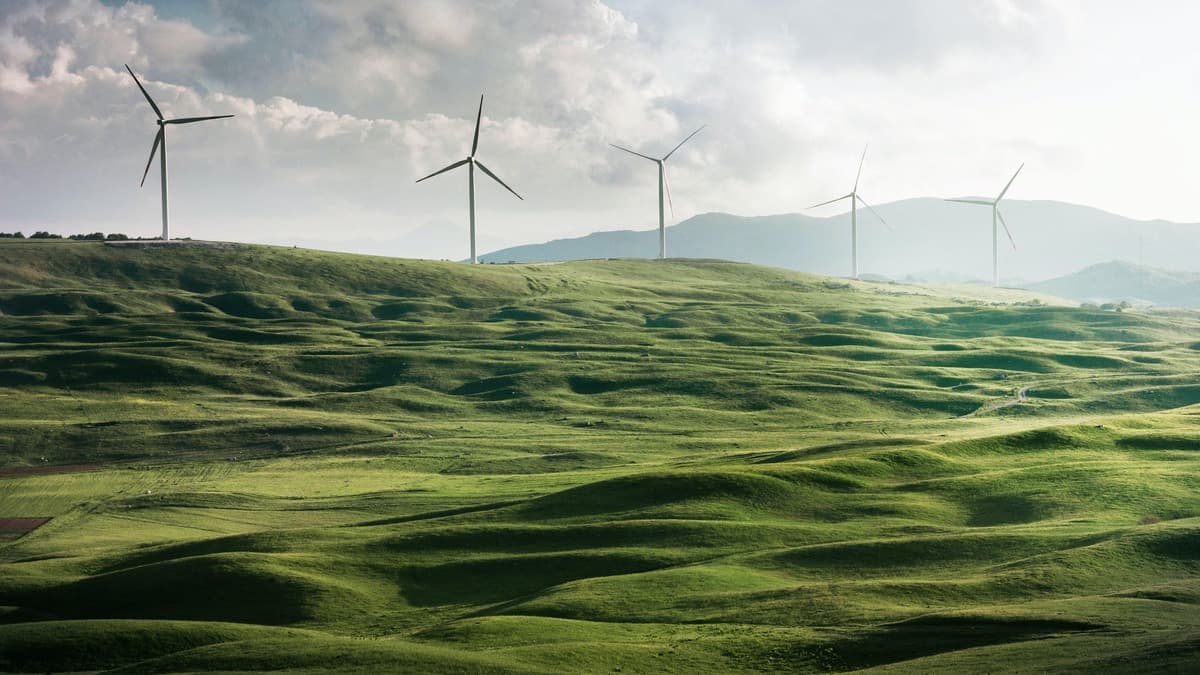Renewable energy sources such as solar and wind power have been increasingly playing a larger role in the electricity market in Australia.
The data from the Australian Energy Market Operator (AEMO) shows that these sources have been able to drive down consumer costs and reduce greenhouse gas emissions. This is partly due to the decreasing cost of renewable energy technologies and government policies supporting their development and deployment. Additionally, the increased use of renewable energy sources has reduced fossil fuels, particularly coal and gas, which are major sources of pollution and greenhouse gas emissions.
One of the key benefits of renewable energy is that it is generally cheaper to produce than fossil fuels. As technology improves and the cost of renewable energy technologies continues to decrease, it becomes more cost-competitive with traditional fossil fuels. This is helping to drive down electricity prices for consumers and businesses.
According to the latest data from AEMO, wholesale electricity prices in the National Electricity Market (NEM) have dropped significantly in recent months. The average price for the December quarter was $93 per megawatt-hour (MWh), which is a 57 per cent decrease from the September quarter’s average of $216/MWh. Despite this decrease, the prices remained higher than the average for the same quarter in the previous year, which was $52/MWh.
The AEMO’s Quarterly Energy Dynamics (QED) report also highlights the growing role of renewable energy in the electricity market. The report shows that average renewable output reached an all-time high, and peak renewable contribution records were continuously broken.
Additionally, the contribution of both coal and gas to the electricity supply decreased, while they remained essential for ensuring a reliable supply of electricity to homes and businesses.
The report suggests that the decrease in wholesale prices was mainly driven by increased wind and grid-scale solar output, which set prices at 17 per cent for the quarter, a 4 per cent increase from the same period in the previous year. Hydroelectric power also contributed to the decrease, accounting for 34 per cent of the total output (a 1 per cent increase), while black and brown coal generation decreased from 45 per cent to 39 per cent.
“In the thick of a cost of living and climate crisis, record high wind and solar generation have heroically delivered cheaper wholesale electricity and the National Electricity Market’s lowest emissions for the last quarter of 2022,” Dr Jennifer Rayner, Climate Council’s Head of Advocacy, said.
“Clean, affordable renewables are also helping reduce our reliance on coal and gas, which are not only eye-watering expensive but fuel dangerous climate change.
“We can and should power Australia with 100 per cent renewable energy, backed by storage. State and Federal governments are making positive steps to increase investment in renewables and storage, but we must keep ramping up the effort so we can reach 100 per cent renewables by 2030,” said Dr Rayner.
During the October – December 2022 period, the AEMO’s Quarterly Energy Dynamics report showed that average renewable output reached an all-time high, and peak renewable contribution records were continuously broken. Additionally, the overall contribution of both coal and gas decreased.
The increased share of wind and grid-scale solar in setting prices also helped to drive down wholesale electricity prices, while the share of coal generation was reduced.
Wind and grid-scale solar accounted for one-fifth of total generation in the National Electricity Market (NEM) during the fourth quarter of 2022. This shift towards renewable energy also led to a reduction in emissions. The NEM’s emissions for the fourth quarter of the year dropped to record lows, thanks to the record high output of renewables and record low output of coal.
“Two of Australia’s most urgent energy priorities are to drive down electricity prices and reduce emissions this decade to avoid the worst impacts of dangerous climate change. A fully renewables-powered grid will help tackle the cost of living and climate crises together in the best two-for-one deal Australians will ever see,” Dr Rayner said.
Keep up to date with our stories on LinkedIn, Twitter, Facebook and Instagram.

